DIGESTIVE SYSTEM
Organs for digestion: The organs concerned with the digestion of our food are teeth, gullet, oesophagus, stomach, small intestine, large intestine and pancreas.
Secretions helping digestion: Three organs of the body, by their secretion, help in the digestion. They are:
(1) stomach secreting the gastric juice;

(2) pancreas secreting the pancreatic juice;
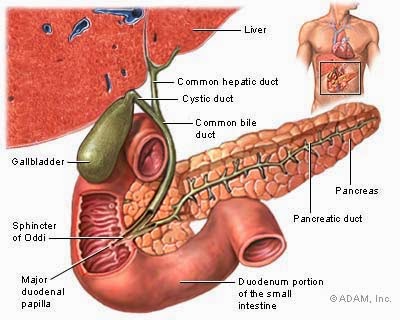
(3) liver secreting the bile.
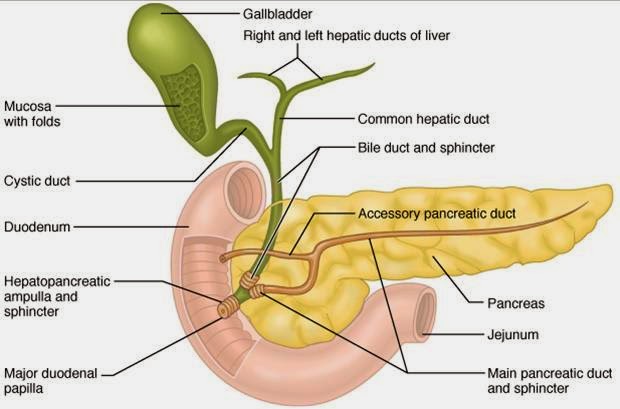
Alimentary canal:
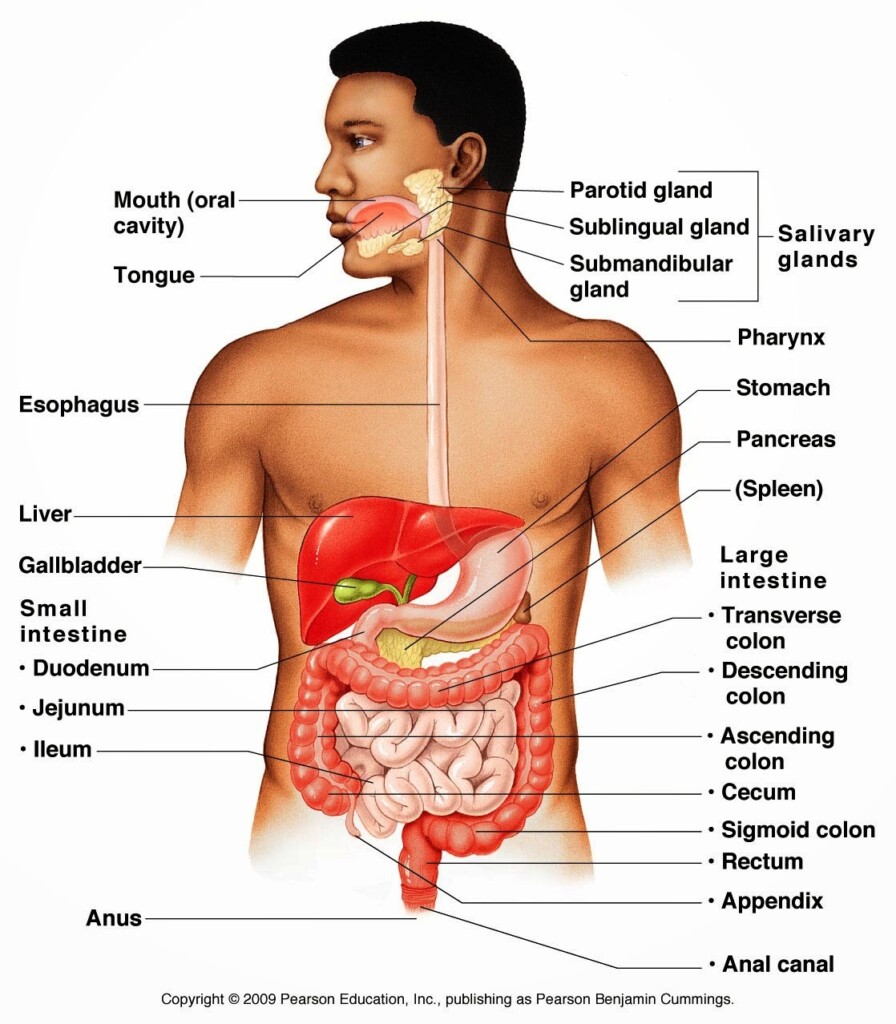
It is a long coiled tube starting from mouth and ending at anus and consisting of gullet, oesophagus, stomach, small intestine, large intestine and rectum.
Small intestine:
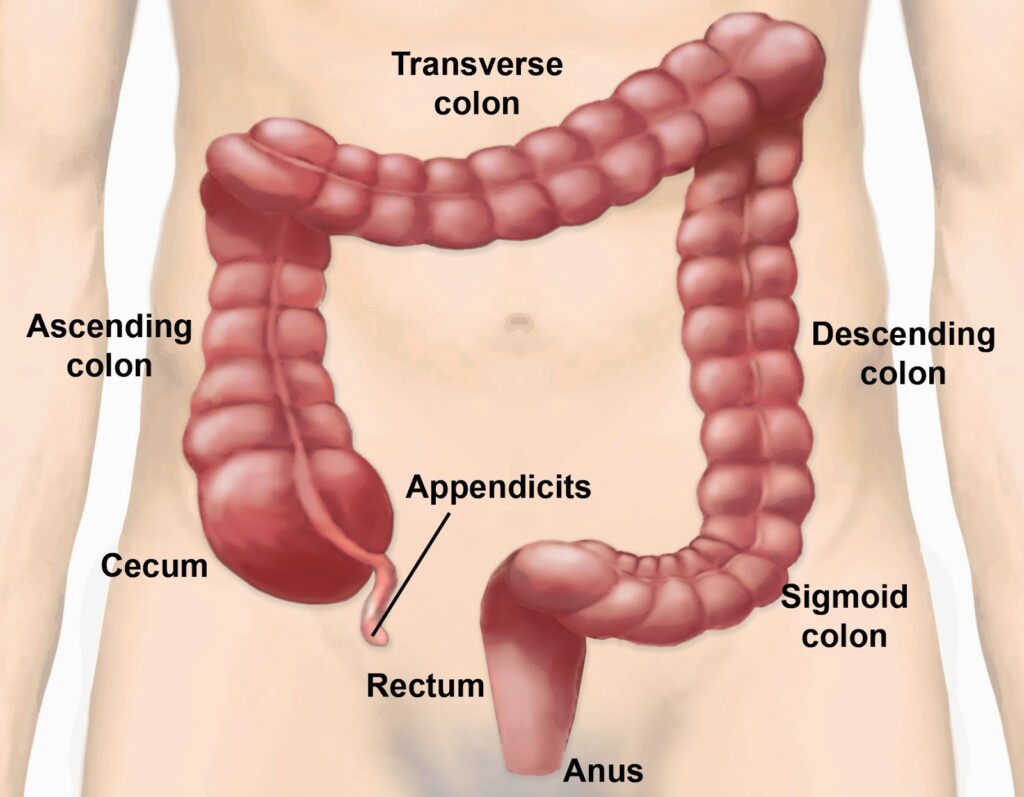
Food from the stomach passes into the small intestine and is mixed with bile and pancreatic juice coming from liver and pancreas. Bile has no digestive enzyme, so it does not take part in digestion directly. Pancreatic juice has three enzymes: trypsin, amylase and lipase. Trypsin acts upon peptones and proteoses changing them into polypeptides and amino-acids. Amylase changes starch and glycogen into maltose and lipase changes fat emulsions to fatty acids and glycerol. The products of digestion are finally absorbed in the wall of small intestine and taken into blood.
Large intestine:
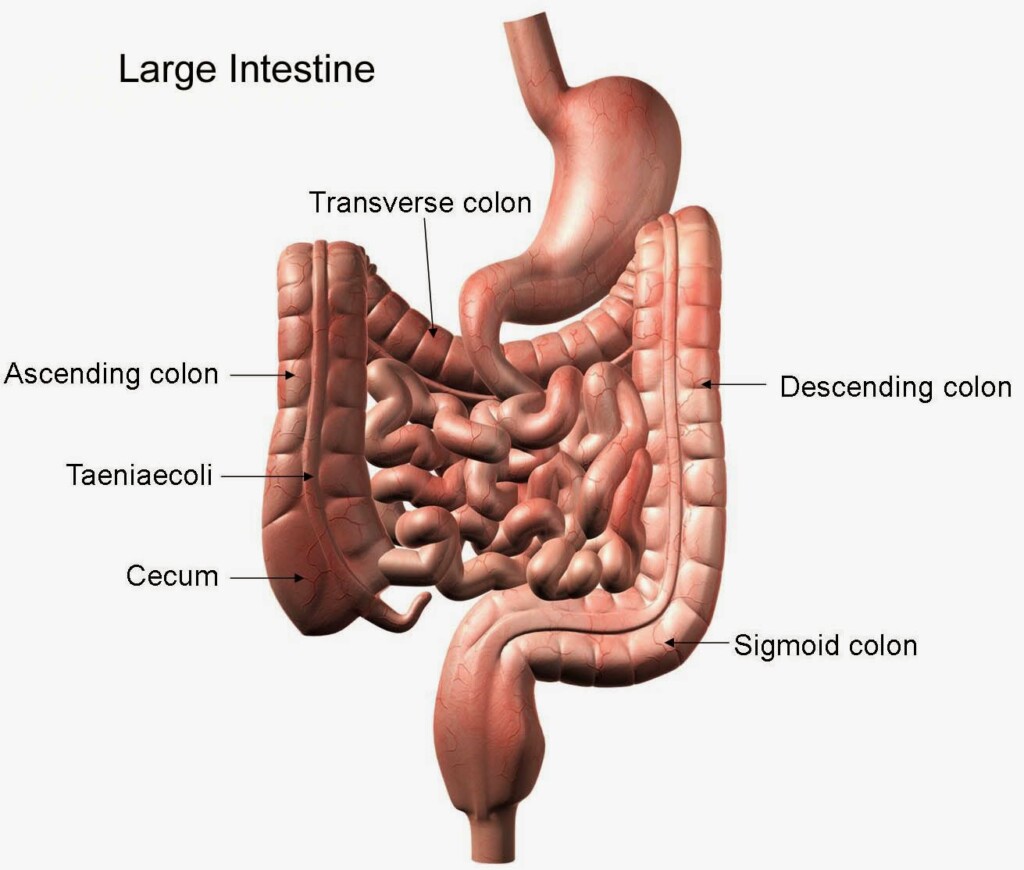
The large intestine receives undigested materials of the food from the small intestine. It absorbs water and then passes the material into the rectum.
Liver: It produces bile which is stored in the gall bladder. Bile contains water, bile salts and bile pigments and has no digestive enzymes. Bile also contains salts like bicarbonate, glycocholate and
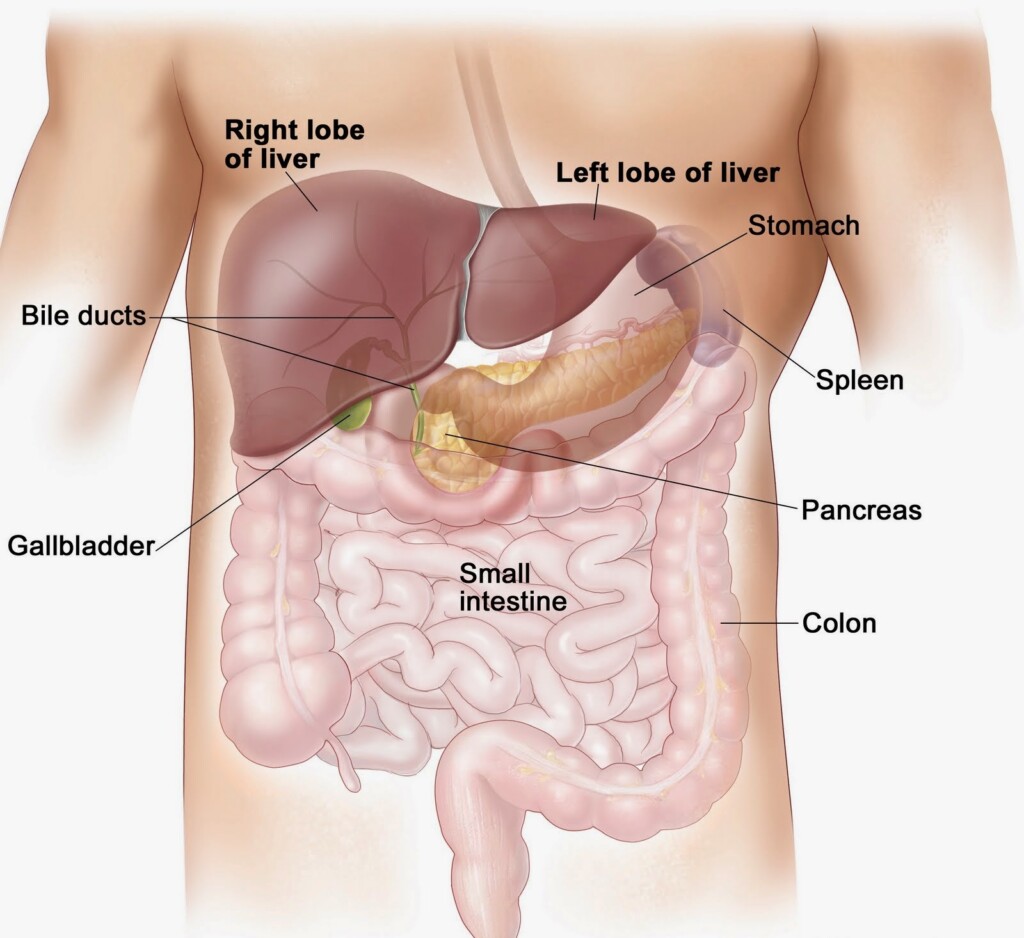
taurocholate or sodium. Sodium bicarbonate neutralises the acid and makes the churned food called chyme, alkaline, glycocholate and taurocholate of sodium break down the fats of tissues into small globules which can mix with water to form an emulsion.
Process of digestion: In the mouth, the teeth break and chew up the food with the help of saliva coming from salivary glands, which changes starch into sugar. From the mouth the* food passes into the stomach. The stomach produces gastric juice which kills bacteria present in the food, and enzymes help in the digestion of proteins and fats. Then, the food becomes chyme and passes into the duodenum where pancreatic juice from pancreas, bile from liver and intestinal juice from small intestine help in digestion, absorption and excretion. The chyme thus turns into chyle and is finally taken into blood. Undigested and unabsorbed materials pass out through the anus as faeces and urine through the bladder.
Process of digestion: In the mouth, the teeth break and chew up the food with the help of saliva coming from salivary glands, which changes starch into sugar. From the mouth the* food passes into the stomach. The stomach produces gastric juice which kills bacteria present in the food, and enzymes help in the digestion of proteins and fats. Then, the food becomes chyme and passes into the duodenum where pancreatic juice from pancreas, bile from liver and intestinal juice from small intestine help in digestion, absorption and excretion. The chyme thus turns into chyle and is finally taken into blood. Undigested and unabsorbed materials pass out through the anus as faeces and urine through the bladder.


